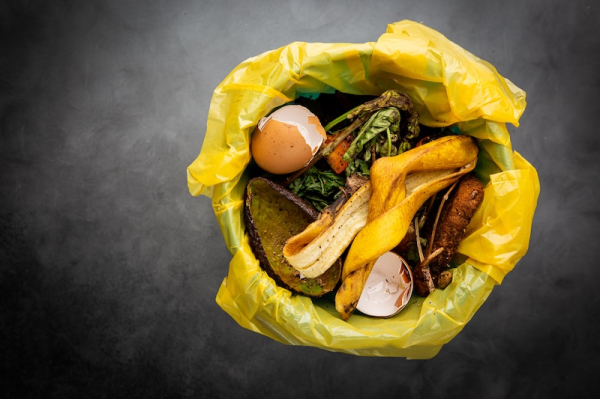Finland still burning biowaste despite recycling push

Photo: ICPonline
- Previous Article Finland begins classifying arms export licences under new secrecy policy
- Next Article Purra: No immigration boost as government shifts focus to tax and growth reforms
A significant portion of Finland’s biowaste continues to end up in mixed waste bins and is incinerated, according to national waste management experts.
The Finnish Solid Waste Association (Kivo) has launched a new campaign urging the public to improve biowaste sorting. The organisation represents regional and municipal waste firms and says the focus is on increasing the use of biowaste as a raw material for fertiliser and biogas.
Recent waste composition analyses show that 29.2 percent of mixed waste is still made up of biodegradable materials. In practice, this means that instead of being recycled, a large share of the country’s organic waste is destroyed through combustion at waste-to-energy plants. This process eliminates its nutrient content and diminishes its potential use in agriculture or energy production.
Pasi Muurinen, CEO of Pirkanmaan Jätehuolto, said there is still considerable room for improvement.
“There’s still a large amount of biowaste in mixed waste that could be processed at biogas plants,” he said.
Pirkanmaa is one of the few regions where a decline in biowaste ending up in mixed bins has been recorded. In 2022, 37.7 percent of mixed waste in the area was biowaste. By 2024, this had dropped to 32.7 percent.
The incineration of improperly sorted waste also reduces the energy efficiency of the entire process. Organic matter contains more moisture and burns less efficiently than dry waste. Properly sorted biowaste can instead be diverted to energy and fertiliser production facilities.
Biowaste that is correctly separated can be processed into biogas, a low-emission fuel used in transport and industry. The process also generates nutrient-rich residue suitable for use in agriculture.
According to Pirkanmaa Waste Management, a single bag of biowaste can be turned into enough biogas to power a car for four kilometres. The same amount of waste can also generate enough nutrients to grow 400 grams of rye bread.
Home composting remains popular among households that separate their biowaste. An estimated 40 percent of those who do not use municipal biowaste bins prefer to compost at home. The result is a nutrient loop that brings waste from kitchen to garden.
Around 670,000 Finnish households are currently involved in biowaste separation and composting. Waste authorities hope the new campaign will increase that number and reduce the quantity of burnable organic material in mixed waste streams.
HT
- Previous Article Finland begins classifying arms export licences under new secrecy policy
- Next Article Purra: No immigration boost as government shifts focus to tax and growth reforms
Source: www.helsinkitimes.fi
